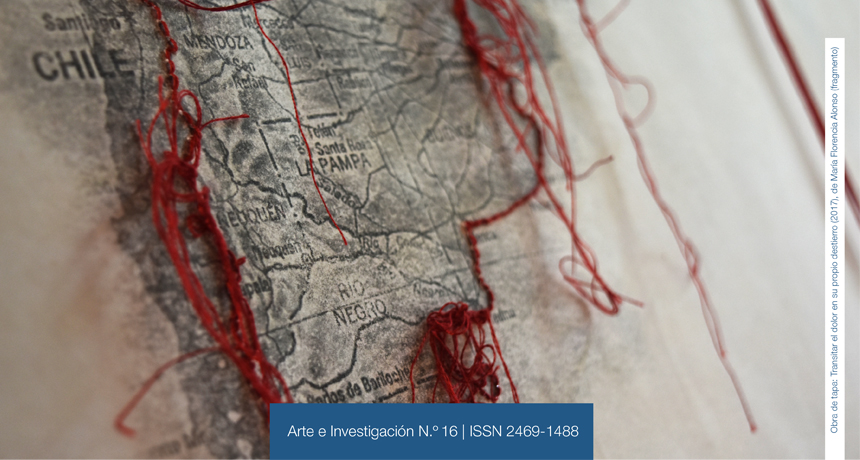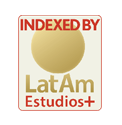Edu(Vo)captive Power of Visual Artifacts
DOI:
https://doi.org/10.24215/24691488e036Keywords:
Visual culture, edu(vo)captive power, visual arts, art educationAbstract
This article aims to outline educational strategies around images from the perspective of visual culture. Indeed, propose the hybridization of the terms educational, evocative, captive around the experiences of learning from the subjective view of the visual representations and the elements that constitute them: fantasy, memory and seduction. The edu(vo)captive power of the images is articulated as a didactic-pedagogical strategy to learning experience. From educational perspective of visual culture proposed to examine the limits and relationships between the products of popular culture and the development of pedagogical potency.Downloads
References
Alianza.
Darts, D. (2004) Visual culture jam: art, pedagogy, and creative resistance [Visual culture jam: arte, pedagogía y resistencia creativa]. Studies in Art Education. A journal of Issues and Research, 45(4), 313-327.
Deleuze, G. y Guattari, F. (1995). Mil Platôs. Capitalismo e Esquizofrenia [Mil mesetas. Capitalismo y esquizofrenia]. San Pablo, Brasil: Editora 34.
Duncum, P. (2006). Visual culture in the art class: case studies [Cultura visual en la clase de arte: estudios de caso]. Reston, Estados Unidos: National Art Education.
Hernández, F. (2007). Catadores da Cultura Visual: proposta para uma nova narrativa educacional [Coleccionistas de cultura visual: propuesta para una nueva narrativa educativa]. Puerto Alegre, Brasil: Mediação.
Hernández, F. (2009). Da alfabetização visual ao alfabetismo da cultura visual [De la alfabetización visual a la alfabetización de la cultura visual]. En R. Martin e I. Tourinho (Eds.), Educação da cultura visual: narrativas de ensino e pesquisa [Educación de cultura visual: narrativas de enseñanza e investigación] (pp. 189-212). Santa Maria, Brasil: UFSM.
Laponte, L. G. (2008). Arte e metáforas contemporâneas para pensar infância e educação [Arte contemporáneo y metáforas para el pensamiento y la educación infantil]. Revista Brasileira de Educação, 13(37), 112-122.
Mirzoeff, N. (2003). Una introducción a la cultura visual. Barcelona, España: Paidós.
Mulvey, L. (1989). Visual and other pleasures. Language, discourse, society [Visuales y otros placers. Lenguaje, discurso, sociedad]. Londres, Inglaterra: Palgrave Macmillan.
Downloads
Published
How to Cite
Issue
Section
License
The acceptance of the manuscript by the magazine means the non-exclusive cession of the property rights of the authors in favour of the editor, who allows the reuse, after publication (post print), under a license Attribution-NonCommercial-NoDerivatives 4.0 International. According to these terms, the material can be copied and redistributed by any means or in any format as long as a) the author and original source of the publication are quoted (magazine and URL of the work), access to the license is provided and whether changes have been made is mentioned; and b) the material is not used for commercial purposes.
The cession of non-exclusive rights means that after the publication (post print) in Arte e Investigación the authors can publish their work in any language, means and format; in such cases it must be mentioned that the material was originally published in this magazine. Such cession also means the authorization of the authors for the work to be collected by SEDICI, the institutional archive of the National University of La Plata, and to be spread in the databases that the editorial team considers appropriate to increase the visibility of the publication and its authors.
Moreover, the magazine encourages the authors to deposit their productions in other institutional and thematic archives under the principle that offering the society the scientific and academic production without any restrictions contributes to a greater exchange of the global knowledge.


































